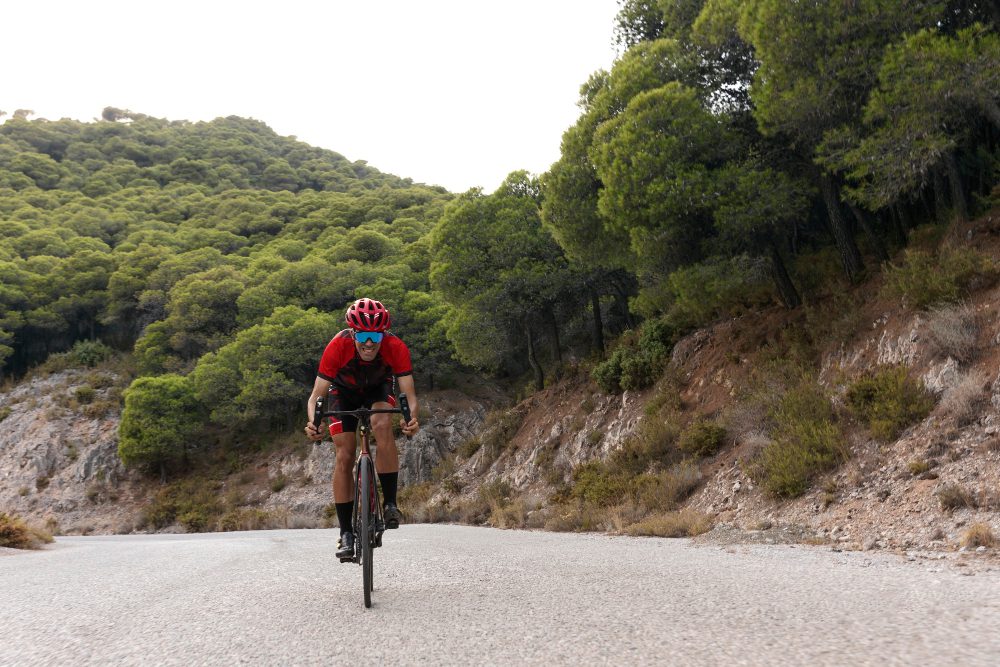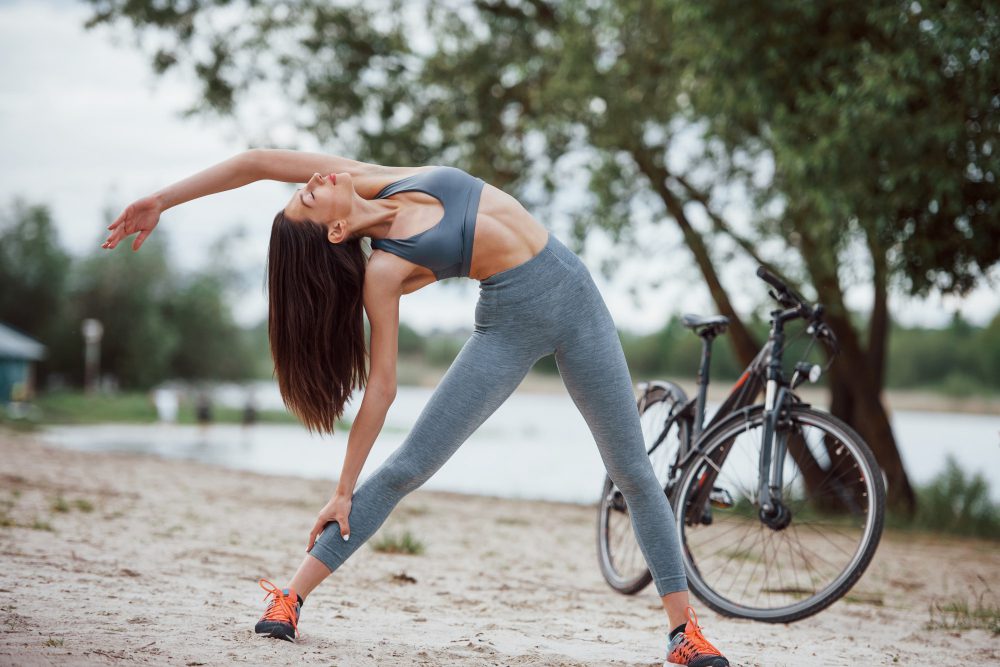Does stretching improve cycling performance?
Stretching is a common practice among athletes and fitness enthusiasts alike. It is often believed to improve performance, prevent injuries, and enhance flexibility. However, when it comes to cycling, the benefits of stretching are still a matter of debate. While some cyclists swear by their pre-ride stretching routine, others argue that it may not be necessary or even beneficial.
The case for stretching
Proponents of stretching before cycling argue that it helps to warm up the muscles, increase range of motion, and reduce the risk of injury. Stretching can target specific muscle groups used in cycling, such as the quadriceps, hamstrings, and calves. By stretching these muscles, cyclists believe they can improve their performance by enhancing muscle function and reducing muscle imbalances.
“Stretching before a ride helps to lengthen the muscles and improve flexibility, allowing for a more efficient pedal stroke and reduced strain on the joints,” says Lisa Jones, a professional cycling coach.
Dynamic vs. static stretching
There are two main types of stretching: dynamic and static. Dynamic stretching involves moving parts of your body through a full range of motion, while static stretching involves holding a stretch for a prolonged period of time. Both types of stretching have their benefits, but the choice between them depends on the individual cyclist’s needs and preferences.
Dynamic stretching before a ride is often recommended as it can help increase blood flow to the muscles, improve coordination, and stimulate the nervous system. Examples of dynamic stretches for cycling include leg swings, walking lunges, and arm circles.
On the other hand, static stretching is typically performed after a ride or during a cool-down period. It aims to improve flexibility and relax the muscles. Static stretching exercises for cyclists may include standing calf stretches, seated hamstring stretches, and quad stretches.
The case against stretching
Despite the perceived benefits of stretching, there are also those who argue against it when it comes to cycling. They believe that stretching may not directly improve cycling performance and that other factors, such as proper bike fit and training, play a more significant role.
One argument against stretching is that it can actually hinder performance by temporarily reducing muscle power. Stretching can lead to a decrease in muscle strength and power output, which may be detrimental for cyclists looking to optimize their performance.
A study published in the Journal of Strength and Conditioning Research found that static stretching immediately before cycling led to a decrease in peak power output and time to exhaustion. This suggests that stretching may negatively impact high-intensity cycling performance.
Alternative warm-up strategies
Instead of traditional stretching, some cyclists prefer alternative warm-up strategies, such as low-intensity cycling or dynamic exercises specific to cycling movements. These approaches aim to gradually increase blood flow, raise body temperature, and activate the muscles without the need for prolonged stretching.
“I find that a short, easy spin on the bike before a ride works best for me. It warms up my muscles and gets me mentally prepared for the workout ahead,” says Mark, an experienced cyclist.
In conclusion, whether or not stretching improves cycling performance is subjective and depends on individual preferences and goals. Some cyclists may find that stretching helps them feel more prepared and flexible, while others may prefer alternative warm-up strategies. Ultimately, finding the right balance between stretching and other forms of warm-up is key to optimizing cycling performance.
How many times a week should I stretch?
Stretching is an important aspect of any fitness routine, including cycling. It helps improve flexibility, prevent injuries, and enhance overall performance. However, the frequency at which you should stretch depends on various factors such as your level of activity, fitness goals, and personal preferences.
The importance of regular stretching
Regular stretching is crucial for cyclists to maintain muscle length and flexibility. It helps to prevent muscular imbalances, reduces muscle stiffness, and enhances range of motion. Stretching can also speed up recovery time by increasing blood flow to the muscles and relieving soreness.
Finding the right balance
When it comes to how often you should stretch, there isn’t a one-size-fits-all answer. It’s important to find a balance that works for your body and training schedule. As a general guideline, aim to incorporate stretching exercises into your routine at least 2-3 times a week.
Pre-ride and post-ride stretches
Before a ride: Perform dynamic stretches that focus on warming up the muscles and increasing blood flow. These may include leg swings, arm circles, and lunges.
After a ride: Engage in static stretches to help cool down the muscles and reduce tightness. Focus on stretching the major muscle groups used during your ride, such as the quadriceps, hamstrings, and calves.
Listen to your body
While a general recommendation is to stretch 2-3 times a week, it’s essential to pay attention to your body’s signals. If you feel particularly tight or stiff, consider incorporating additional stretching sessions into your routine. Similarly, if you experience any pain or discomfort during stretching, it’s important to consult a healthcare professional.
Remember, consistency is key in reaping the benefits of stretching. Make it a habit to incorporate regular stretching sessions into your training plan. Your body will thank you for it.
Here’s a sample stretching routine to get you started:
| Stretch | Instructions |
|---|---|
| Quad stretch | Stand upright and hold onto a wall or post for support. Bend one knee and grab your foot, pulling it towards your glutes. Hold for 20-30 seconds and repeat on the other leg. |
| Hamstring stretch | Sit on the ground with one leg extended straight in front of you and the other bent. Lean forward from your hips, reaching towards your toes. Hold for 20-30 seconds and switch legs. |
| Calf stretch | Stand facing a wall and place your hands on it. Step one foot back, keeping it straight, and press the heel into the ground. Hold for 20-30 seconds and switch legs. |
Remember to breathe deeply and never push yourself to the point of pain.
By incorporating stretching into your weekly routine, you’ll improve your cycling performance, reduce the risk of injury, and enhance your overall physical well-being. Happy stretching!



